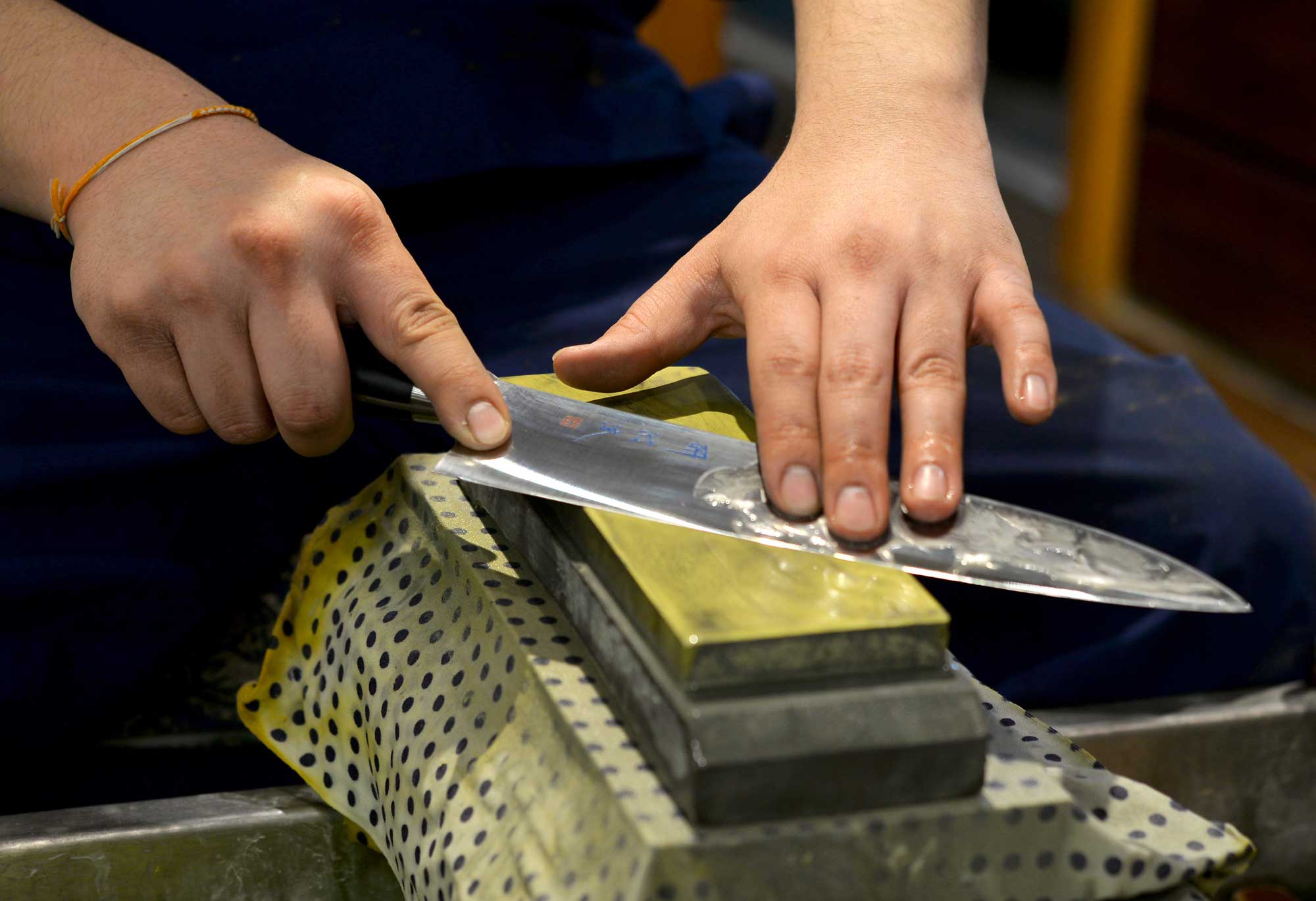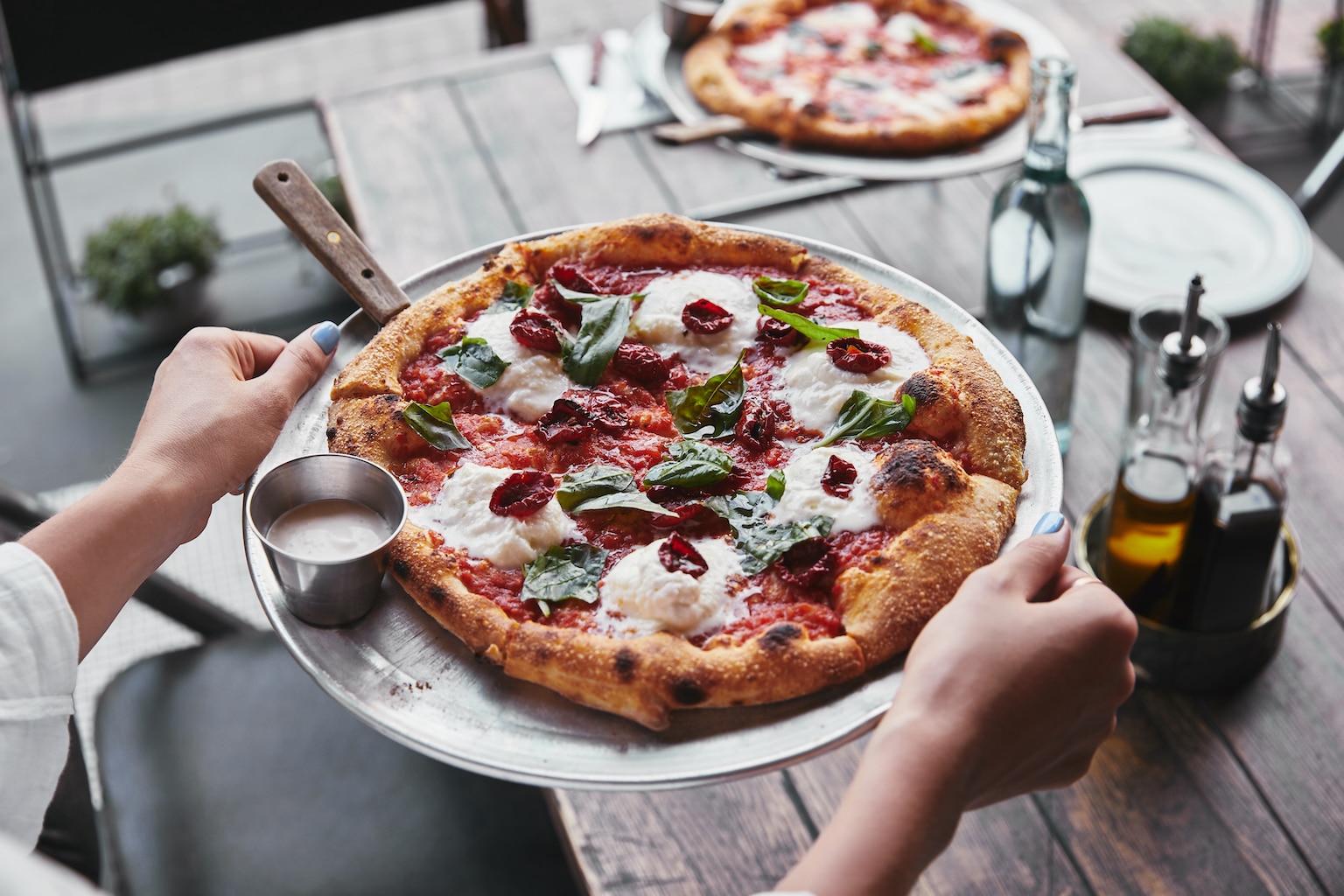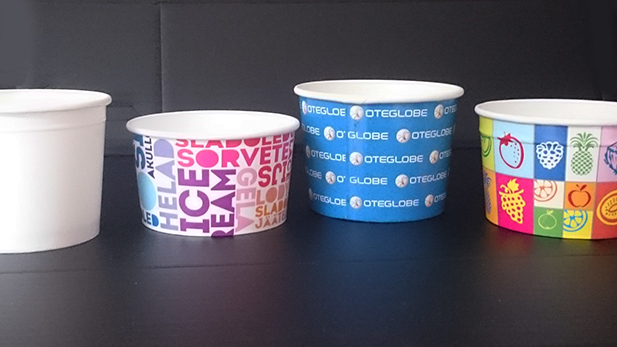A chef knife is a valuable tool in the kitchen, but its performance and longevity depend on proper care and maintenance. Regular maintenance, including cleaning, honing, and sharpening, is essential to keep your chef knife in top shape. In this article, we will provide you with a comprehensive guide on how to maintain and sharpen your chef knife, ensuring it remains a reliable companion for all your culinary adventures.
Cleaning Your Chef Knife:
Proper cleaning is the foundation of knife care. Follow these steps to ensure your chef knife stays clean and free from debris:
- Handwashing: Always wash your knife by hand with warm, soapy water immediately after use. Avoid soaking it in water or placing it in the dishwasher, as these practices can lead to damage or corrosion.
- Drying: Thoroughly dry your knife with a clean towel to prevent moisture from causing rust or staining. Pay attention to the blade, handle, and any crevices.
- Storage: Store your chef knife in a knife block, on a magnetic strip, or in a blade guard to protect the blade and prevent accidents. Avoid storing it in a drawer with other utensils, as it can lead to nicks or dulling.
Honing Your Chef Knife:
Honing is the process of realigning the edge of the blade to keep it sharp between sharpenings. Follow these steps to hone your chef knife:
- Hold the Honing Rod: Grip the honing rod firmly in your non-dominant hand, with the tip resting on a stable surface.
- Angle the Knife: Hold the chef knife at a 15 to 20-degree angle against the honing rod, with the base of the blade closest to the handle.
- Swipe the Blade: Using moderate pressure, swipe the blade along the honing rod from the base to the tip, maintaining a consistent angle. Repeat this motion 5-10 times on each side of the blade.
Sharpening Your Chef Knife:
Sharpening your chef knife restores its cutting edge by removing a small amount of metal. Here’s a simple method for sharpening your knife using a whetstone:
- Soak the Whetstone: Submerge the whetstone in water for about 10-15 minutes, following the manufacturer’s instructions.
- Position the Whetstone: Place the whetstone on a stable surface, with the coarse side facing up. Use a towel or non-slip base to prevent movement.
- Maintain the Angle: Hold the chef knife at a 15 to 20-degree angle against the stone, with the edge facing away from you. Maintain this angle throughout the sharpening process.
- Sharpening Strokes: Starting from the base of the blade, push the knife across the stone in a sweeping motion, moving towards the tip. Apply light to moderate pressure and repeat the motion 5-10 times on each side.
- Flip and Repeat: Flip the knife over and repeat the sharpening strokes on the other side of the blade.
- Test for Sharpness: Perform a paper test or gently touch the blade to your thumbnail to check for sharpness. If needed, repeat the sharpening process until the desired sharpness is achieved.
Additional Tips:
- Avoid cutting on hard surfaces: While a chef knife is designed for cutting, it’s important to avoid using it on hard surfaces like ceramic plates or marble countertops. Instead, use a cutting board made of wood, bamboo, or plastic to prevent unnecessary wear on the blade.
- Be mindful of the food you cut: While a chef knife can handle a variety of ingredients, it’s best to avoid cutting through bones, frozen foods, or extremely hard materials. These tasks can put excessive strain on the blade and increase the risk of chipping or breaking.
- Regular maintenance: Incorporate knife care into your regular kitchen routine. Take a few minutes after each use to clean, dry, and store your knife properly. This habit will help prevent the buildup of food particles, stains, and potential corrosion.
- Professional sharpening: While regular honing can maintain the sharpness of your chef knife, it’s advisable to have it professionally sharpened once or twice a year, depending on usage. A professional sharpening service will ensure that your knife is restored to its optimal cutting performance.
- Safety first: Always exercise caution when handling a chef knife. Pay attention to your grip, keep your fingers away from the blade, and use proper cutting techniques. Proper knife care includes practicing safe knife skills to prevent accidents and injuries.
Conclusion:
Proper care and maintenance are essential for the longevity and performance of your chef knife. By following these steps for cleaning, honing, and sharpening, you can ensure that your knife remains in optimal condition, ready to tackle any culinary challenge.





